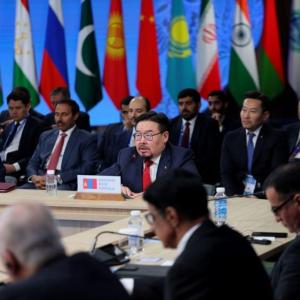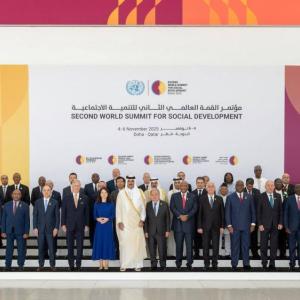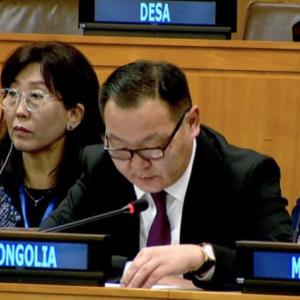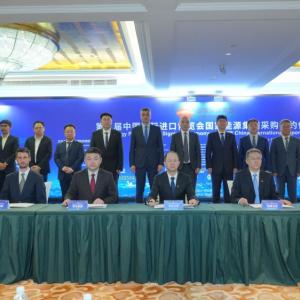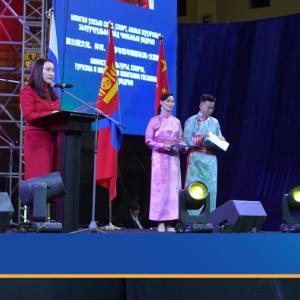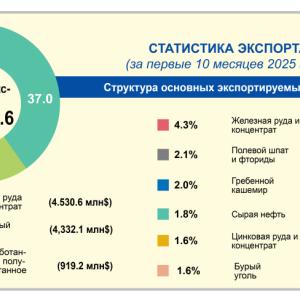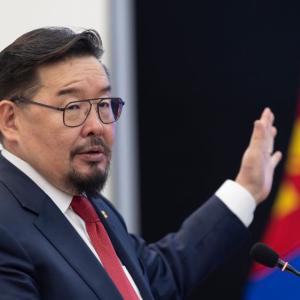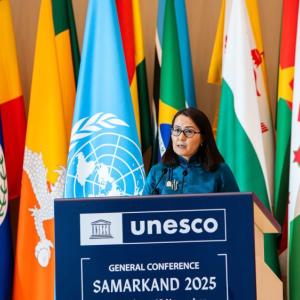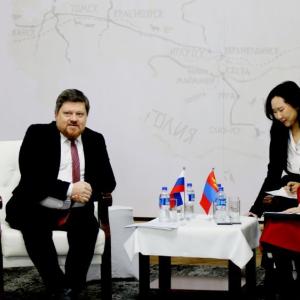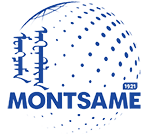Fitch affirms Mongolia at 'B'; Outlook Stable
Economy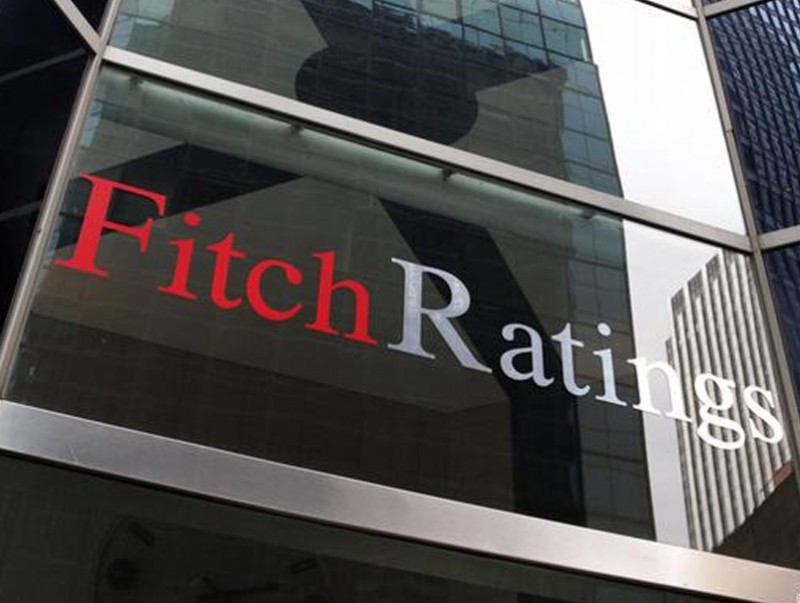
Ulaanbaatar /MONTSAME/ On July 4, Fitch Ratings has affirmed Mongolia's Long-Term Foreign-Currency Issuer Default Rating (IDR) at 'B' with a Stable Outlook.
Mongolia's
ratings are supported by the country's robust growth outlook, improving fiscal
metrics, and strong governance indicators. The ratings are constrained by
Mongolia's narrow economic base, low external buffers, and a volatile political
landscape, which can lead to sharp changes in economic policy and increases the
likelihood of economic shocks.
The budget surplus was recorded at 2.6 percent of GDP in 2018, well above both
the approved budget and Fitch's prior expectations. Budget outturns through
end-May 2019 point to robust revenue and expenditure growth, even in the
absence of new revenue-enhancing measures, which Fitch believes are consistent
with the budget remaining broadly in balance in 2019. The prospect for
continued fiscal outperformance into next year is considerably less certain
amid a recent history of sharp increases in spending ahead of parliamentary
elections, which are due to be held in mid-2020. Fitch forecasts the fiscal
deficit to widen to 4 percent in 2020, above the authorities' projection of 2
percent, though we think there may be greater downside risks to the forecast
owing to the political cycle.
Strong budget outturns combined with a robust economic recovery that started in
early 2017 have led to a sharp decline in gross general government debt (GGGD).
Fitch forecasts GGGD will fall to 60 percent of GDP by end-2019 from 70 percent
a year earlier, below a peak of 93 percent in 2016. The agency's baseline
forecasts continue to point to a gradual downward path for Mongolia's public
debt dynamics post-2020, but our assumption for higher fiscal deficits implies
GGGD will remain above the historical 'B' median of 49 percent for the
foreseeable future.
The IMF has yet to conclude its sixth review of Mongolia's three-year Extended
Fund Facility since late-2018 due to the outstanding completion of two prior
actions pertaining to the asset quality review (AQR) of the financial sector.
The IMF Article IV end-of-mission press release in June 2019 highlighted
Mongolia's progress in strengthening its economic resilience, while
underscoring the country's still insufficient buffers to withstand future
external shocks.
External
buffers have continued to strengthen, despite the delay of some IMF
programme-linked disbursements. Foreign reserves were USD3.7 billion by end-May
2019, up from USD3.3 billion a year prior, and more than triple their value in
early 2017. Fitch estimates foreign reserves are now equivalent to roughly 4.4x
current-external payments, which puts Mongolia ahead of the 'B' median of 3.8x,
and roughly on par with the 'BB' median of 4.3x, though a considerable
proportion of outstanding reserves could be viewed as encumbered due to a CNY15
billion (USD2.1 billion) swap arrangement with the People's Bank of China.
Real GDP growth accelerated to 8.6 percent in 1Q19 from 6.7 percent in 2018.
The strong growth performance has been in large part due to capital expenditure
linked to the ongoing development of the underground phase of the Oyu Tolgoi
copper mine, for which sustainable first production has been delayed until late
2021 or 2022. Fitch forecasts GDP growth
of 7 percent in 2019 and 6 percent in 2020, broadly in line with the
authorities' Medium Term Fiscal Framework assumptions, and considerably above
the 'B' median of 3 percent.
source:
fitchratings.com
Связанные новости
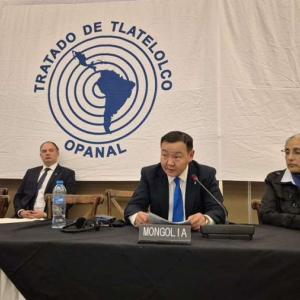
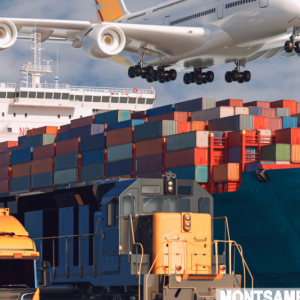

 Ulaanbaatar
Ulaanbaatar











